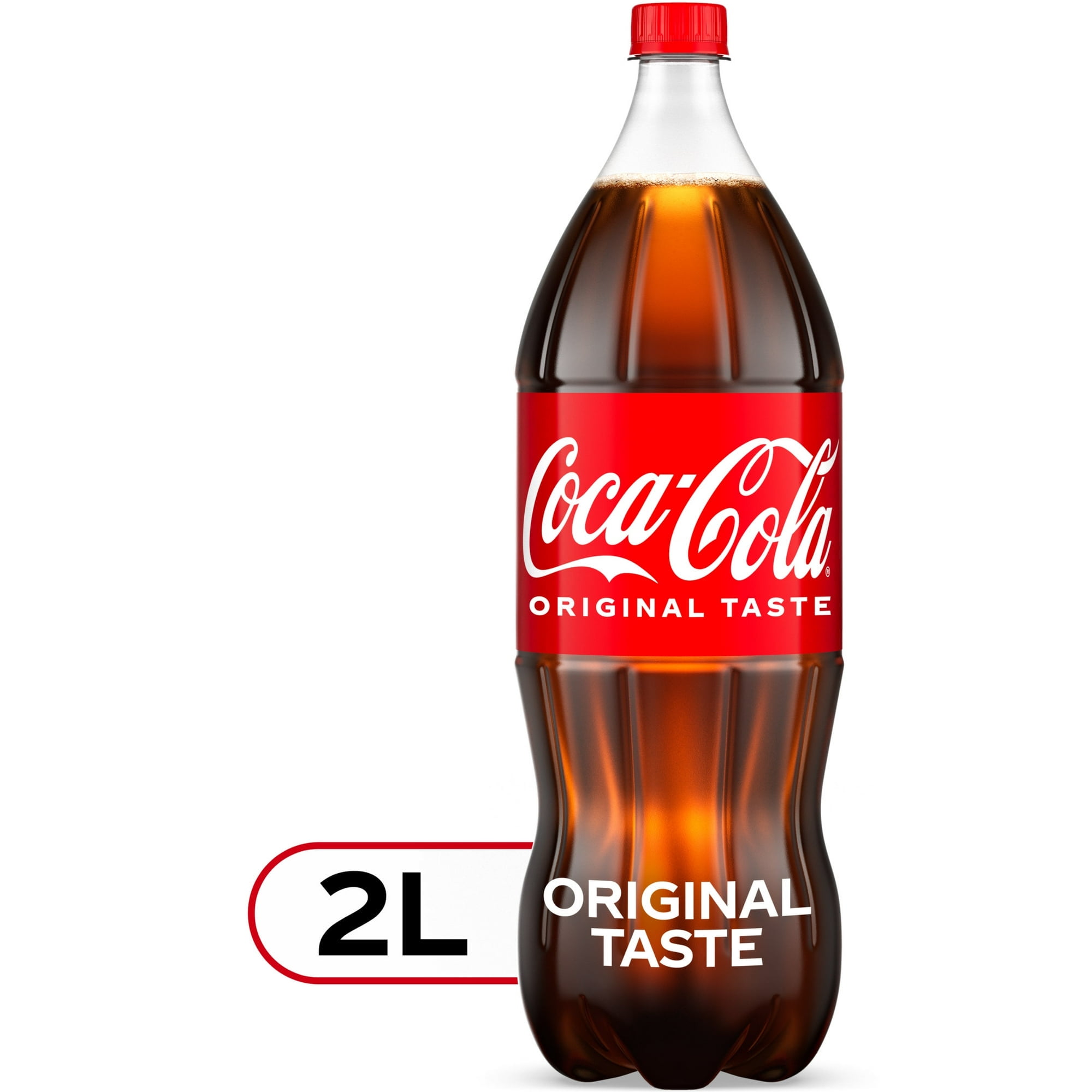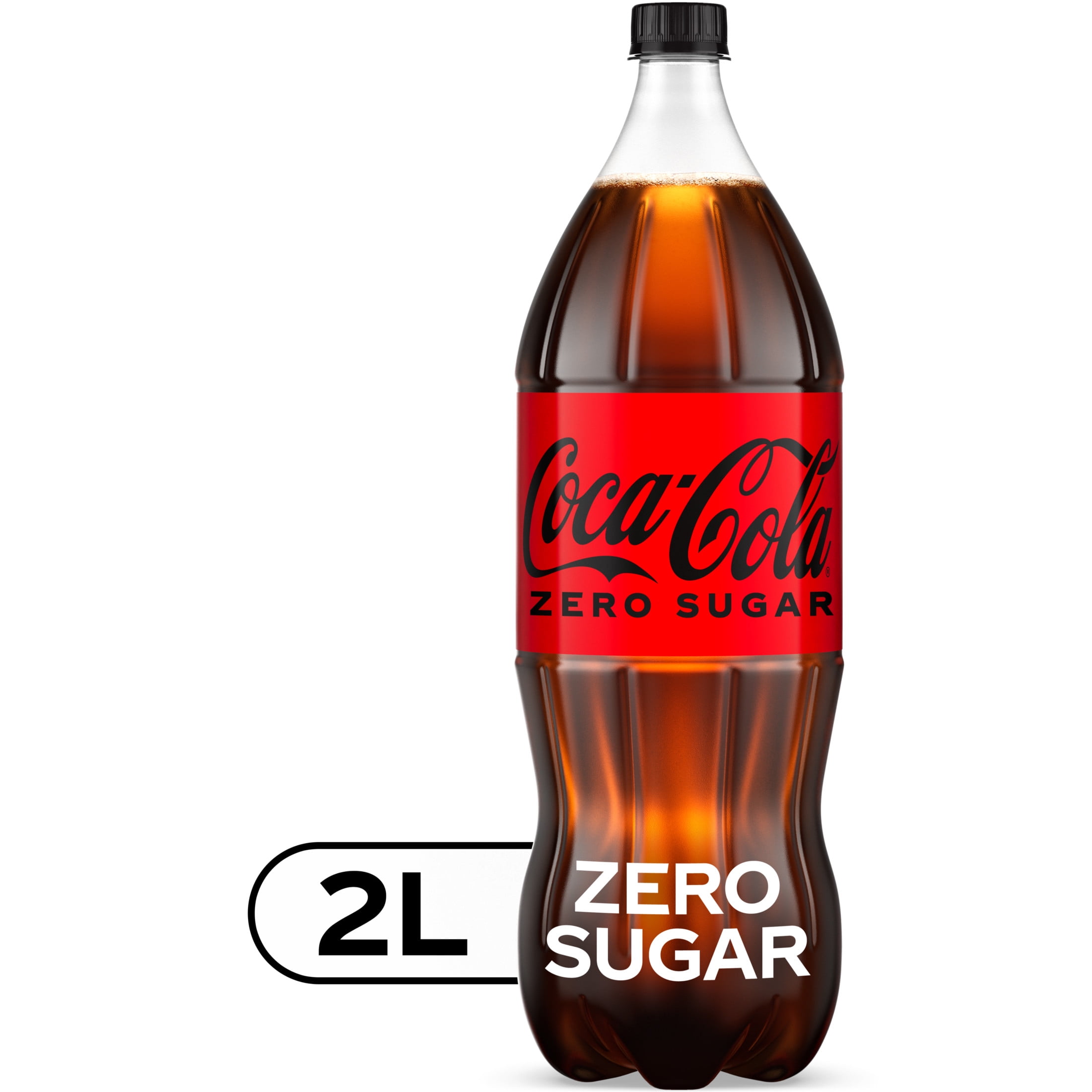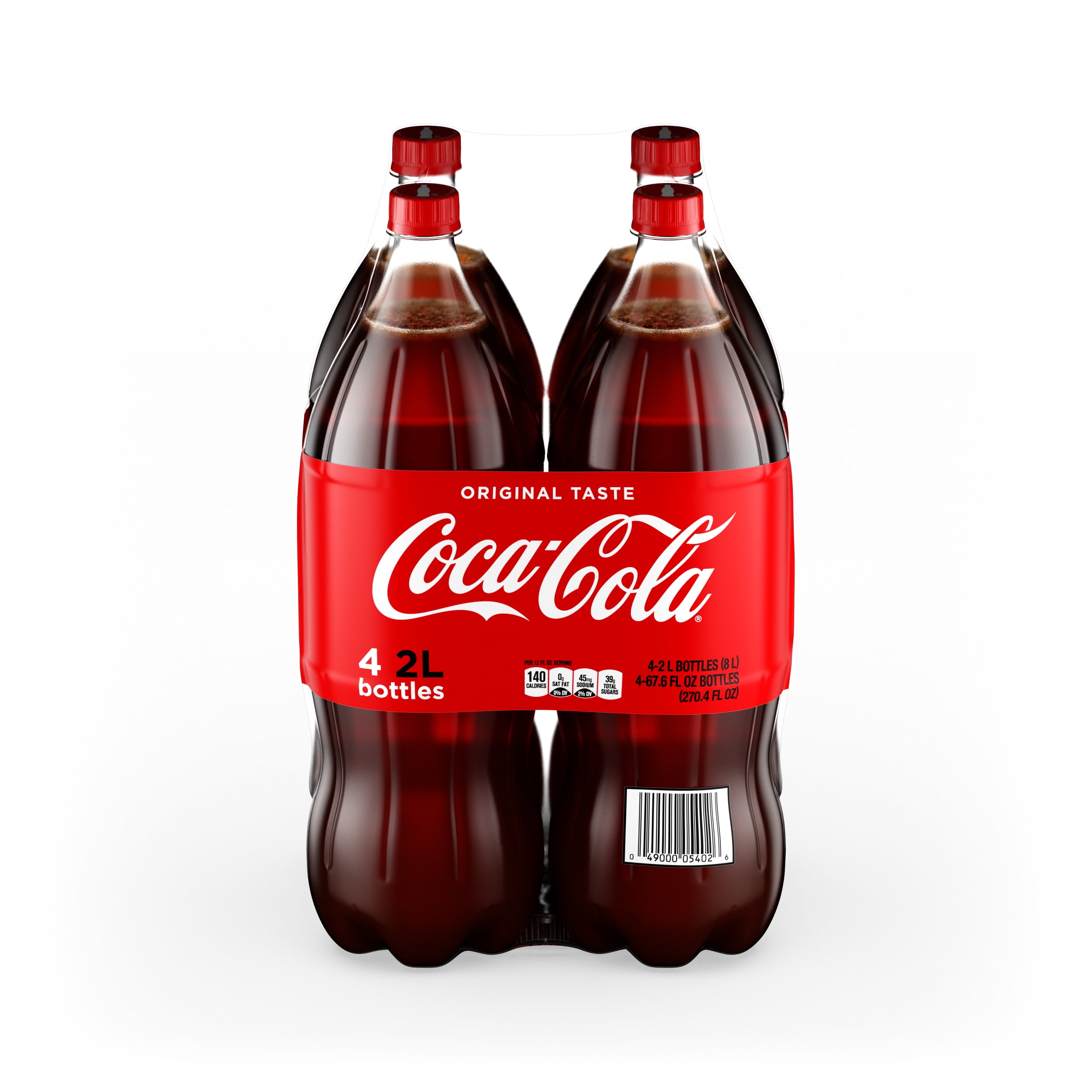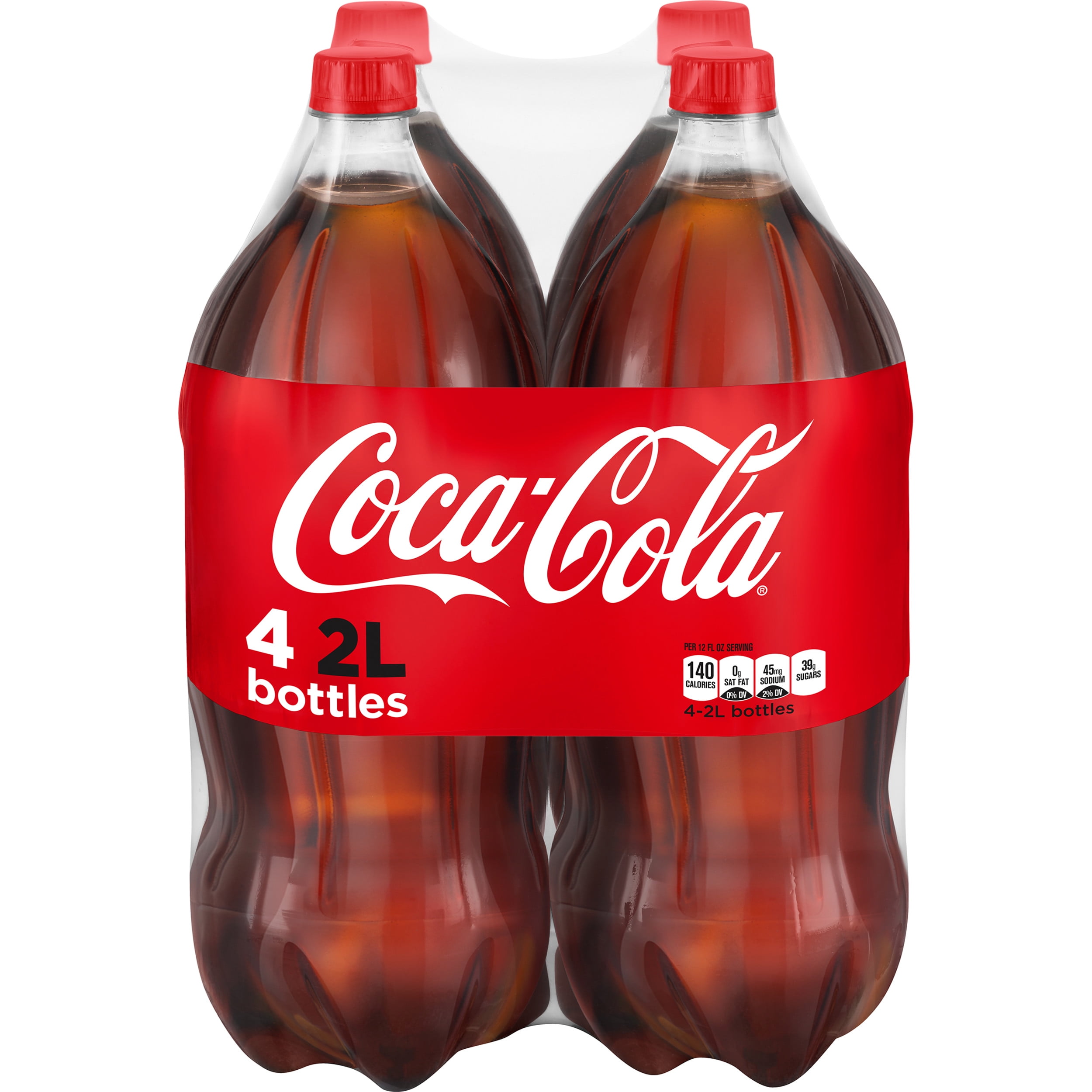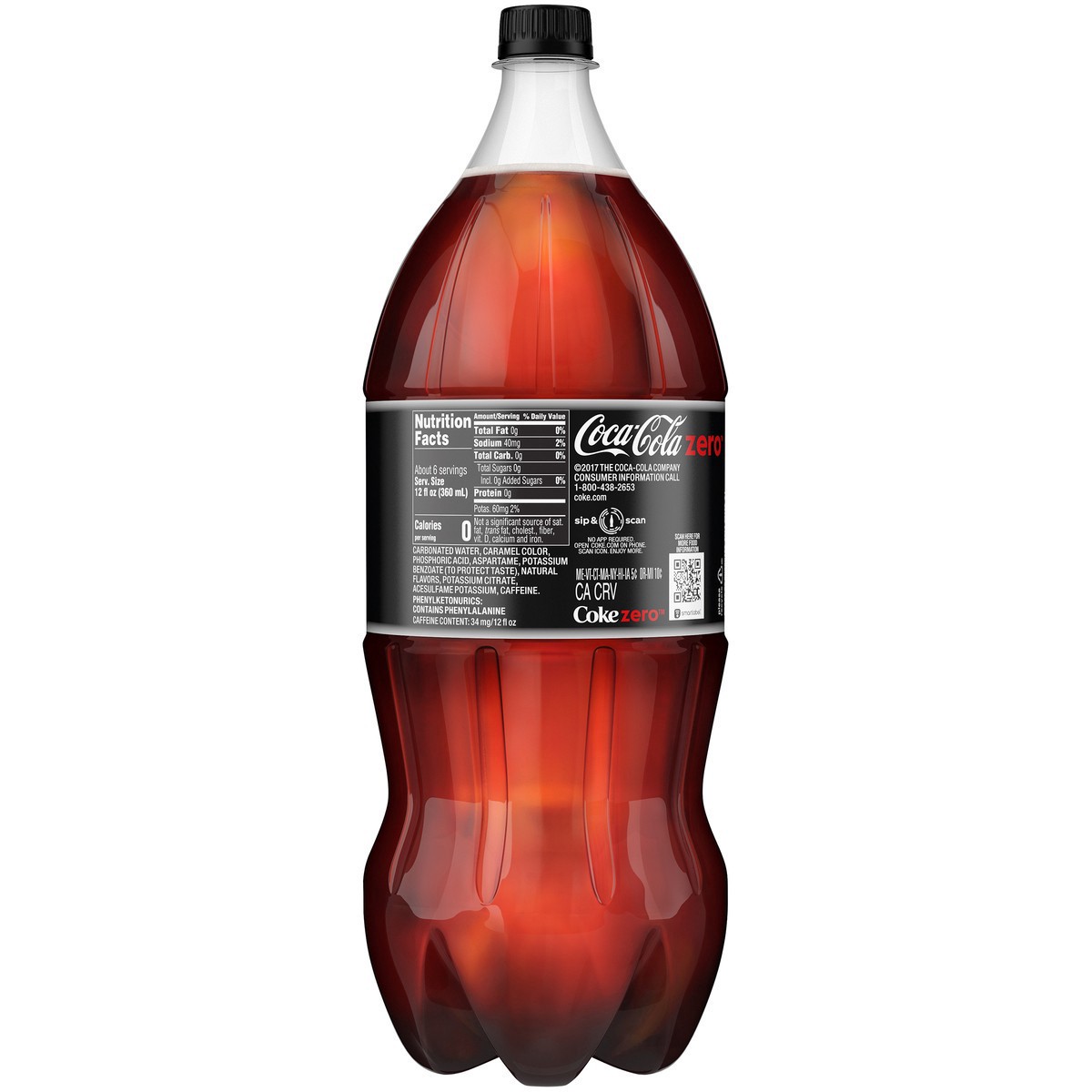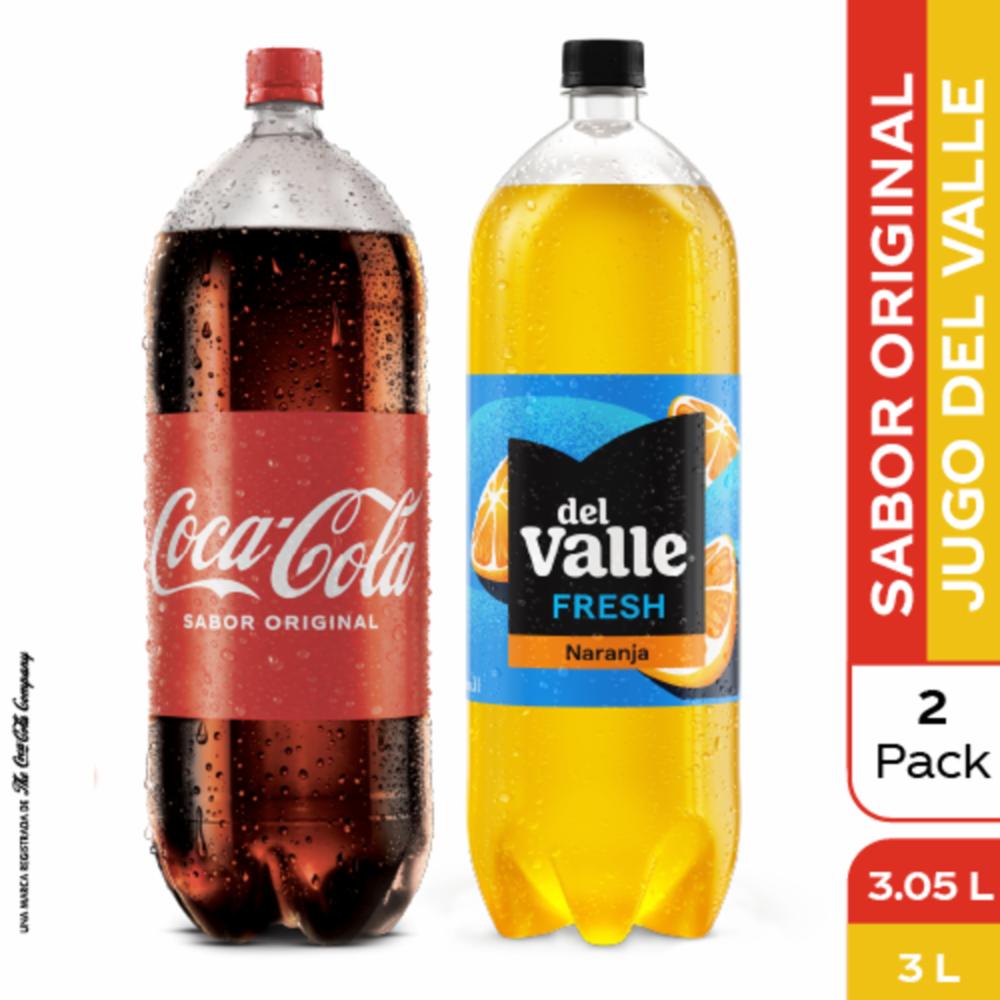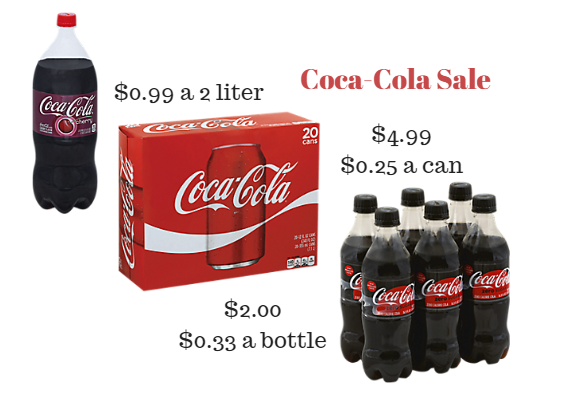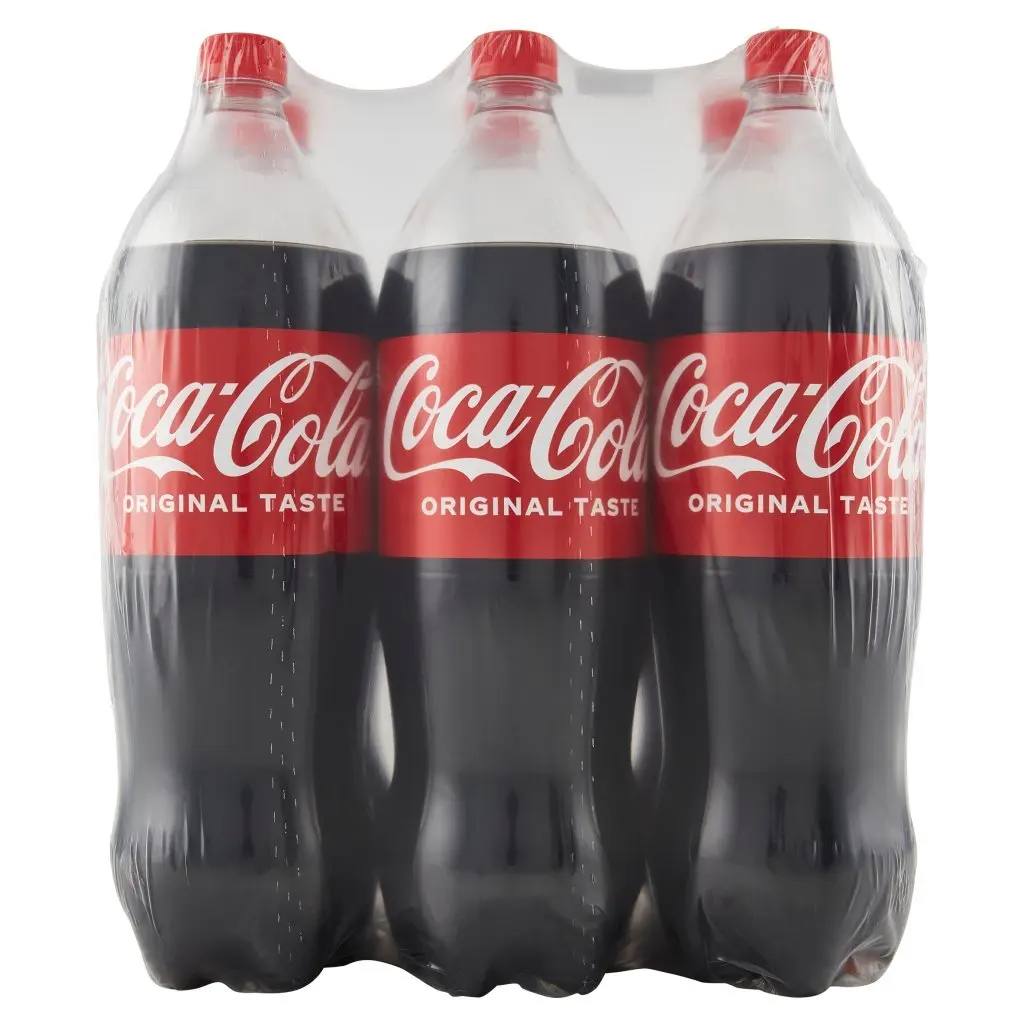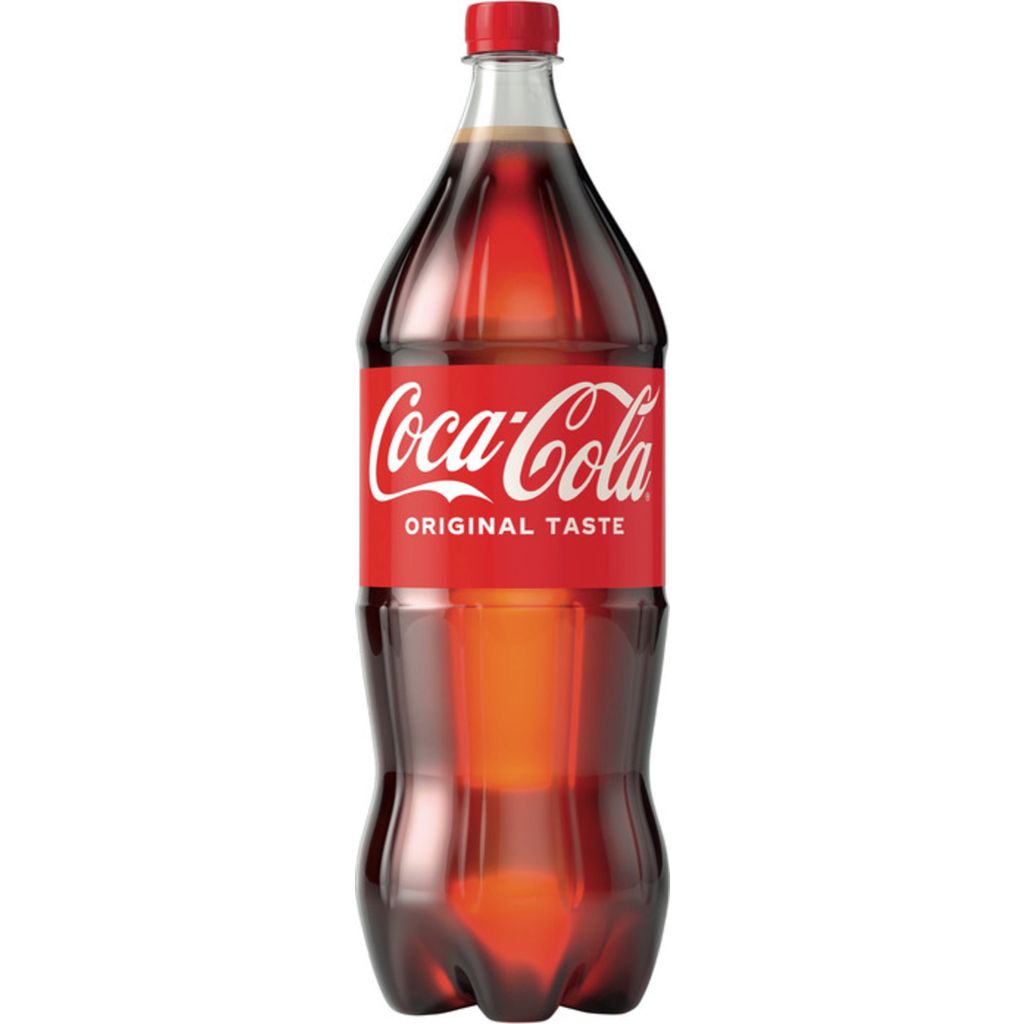Coca Cola 2 Liter Sale This Week
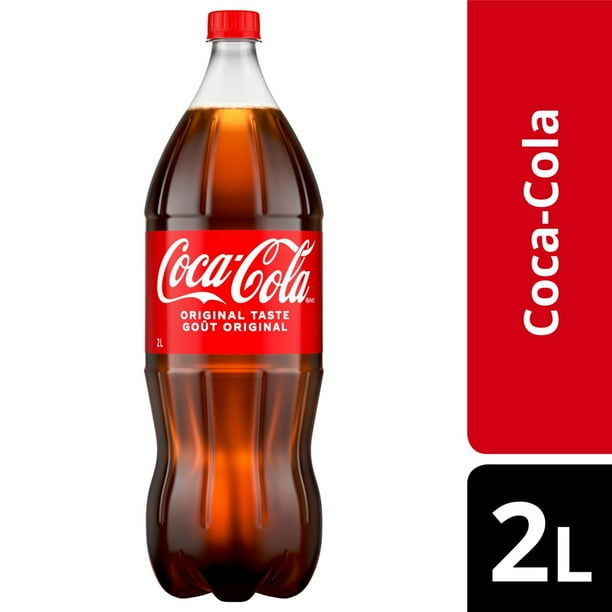
The fizz of excitement – and the looming questions about inflation and consumer habits – are swirling as Coca-Cola 2-liter bottles go on sale across various retailers this week. Deep discounts, some slashing prices by as much as 30%, are hitting shelves, prompting a rush from bargain hunters and raising eyebrows among industry analysts. What’s driving this temporary dip, and what does it signal about the beverage giant's strategy in a tightening economic climate?
This isn't just about quenching a thirst; it's a microcosm of the larger economic pressures impacting both corporations and consumers. The temporary price reduction, while seemingly straightforward, sparks a complex web of considerations: Coca-Cola's strategic maneuvering to maintain market share, retailers battling for foot traffic, and consumers grappling with the rising cost of groceries. Understanding this sale requires digging deeper into the factors at play, including supply chain dynamics, promotional calendars, and the overall health of the carbonated beverage market. The sale presents a short-term opportunity for savings, but its long-term implications deserve careful examination.
The Deal on the Shelf
Details of the sale vary by region and retailer, but the core theme remains consistent: significant savings on Coca-Cola 2-liter bottles. Major grocery chains like Kroger, Safeway, and Walmart are all participating, offering discounts ranging from $0.50 to $1.00 off the regular price.
"We're seeing a competitive push to attract customers," explains David Morrison, a retail analyst at MarketEdge Insights. "These beverage deals are designed to drive foot traffic and encourage larger basket sizes."
Promotional periods typically last a week, although some stores may extend the sale based on inventory and demand. Consumers are advised to check local advertisements and store flyers for specific details and expiration dates.
Behind the Bottle: Analyzing the Drivers
Several factors contribute to this temporary price reduction. One key aspect is Coca-Cola's promotional calendar, which often includes planned sales events to boost volume during specific periods.
Another significant element is the intense competition among retailers. Grocery stores are constantly vying for market share, and offering discounted staple items like Coca-Cola can be a powerful tool for attracting customers.
Furthermore, while supply chain disruptions have eased in recent months, excess inventory may be playing a role. Reducing prices can help retailers clear out stock and make room for newer products.
The Consumer Perspective: A Welcome Respite?
For consumers facing rising prices on everyday goods, this Coca-Cola sale offers a moment of relief. Many shoppers are actively seeking deals and discounts to stretch their budgets further.
“I’ve definitely noticed grocery prices going up,” says Sarah Miller, a mother of two from Ohio. “Any savings I can find, especially on things my kids enjoy, is a huge help.”
However, some experts caution against overspending simply because an item is on sale. Responsible budgeting and mindful consumption remain crucial, even when deals are tempting.
Coca-Cola's Strategy: Volume vs. Value
Coca-Cola, like other major beverage companies, constantly navigates the delicate balance between volume and value. Reducing prices can boost sales volume, but it can also impact profit margins.
According to Coca-Cola's latest earnings report, the company is focused on premiumization and innovation, aiming to drive revenue growth through higher-priced products and new offerings. This sale, therefore, may represent a tactical adjustment rather than a long-term shift in pricing strategy.
"We are managing our pricing strategically to ensure we remain competitive while delivering value to our shareholders," said James Quincey, CEO of Coca-Cola, during a recent investor call.
The Broader Market Context
The carbonated beverage market is evolving, with consumers increasingly seeking healthier alternatives and low-sugar options. Coca-Cola is actively diversifying its portfolio to address these changing preferences.
The sale of 2-liter bottles, while still significant, may also reflect a gradual shift away from large-format sugary drinks. The company is investing in smaller packaging and zero-sugar varieties to cater to health-conscious consumers.
"The long-term trend is towards healthier beverages and smaller portion sizes," notes Emily Carter, a food and beverage industry analyst. "Coca-Cola is adapting to these changes, but the classic 2-liter bottle still holds a place in the market."
Looking Ahead: Will Sales Become More Frequent?
The frequency and depth of future Coca-Cola sales will depend on a range of factors, including economic conditions, competitive pressures, and the company's overall strategic direction. If inflation persists and consumer spending weakens, promotional activities may become more prevalent.
However, Coca-Cola is also likely to focus on building brand loyalty and driving value through innovation and marketing. Discounting can be a short-term solution, but it's not a sustainable long-term strategy.
Ultimately, this week's Coca-Cola 2-liter sale offers a glimpse into the complex interplay between corporations, retailers, and consumers in a constantly evolving economic landscape. While consumers can enjoy the temporary savings, it's crucial to understand the broader context and make informed purchasing decisions.
